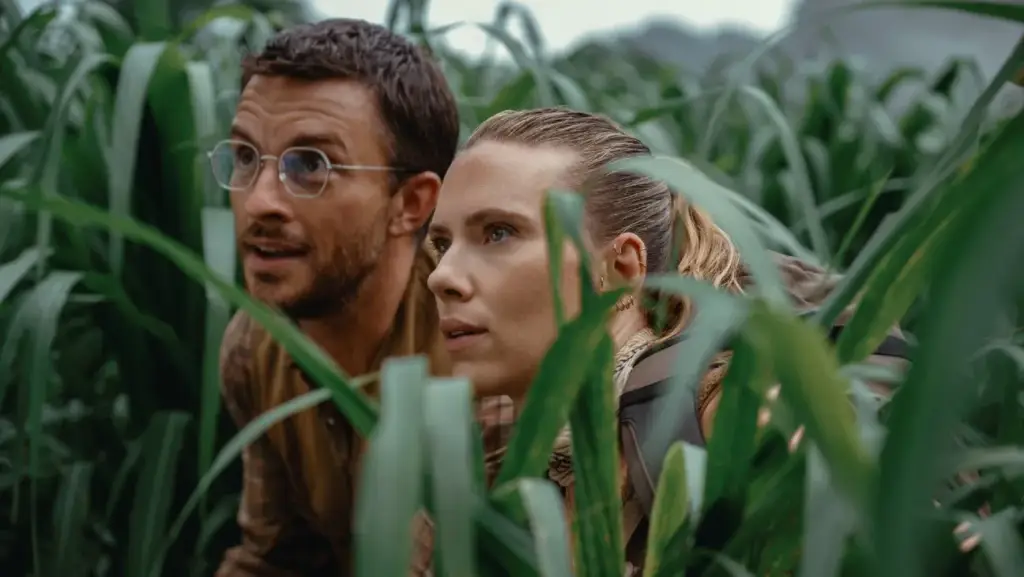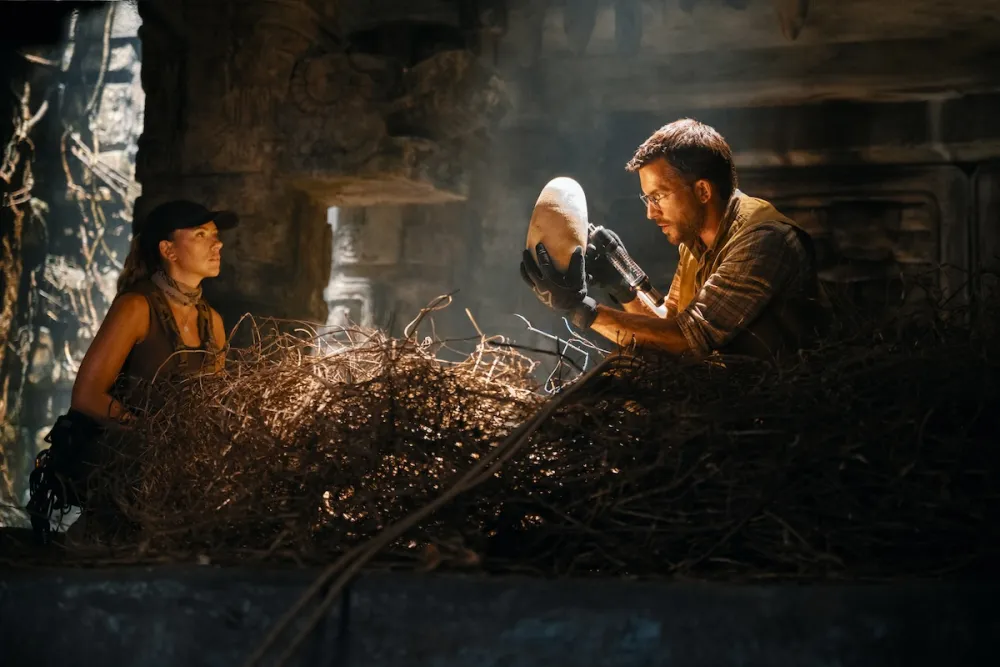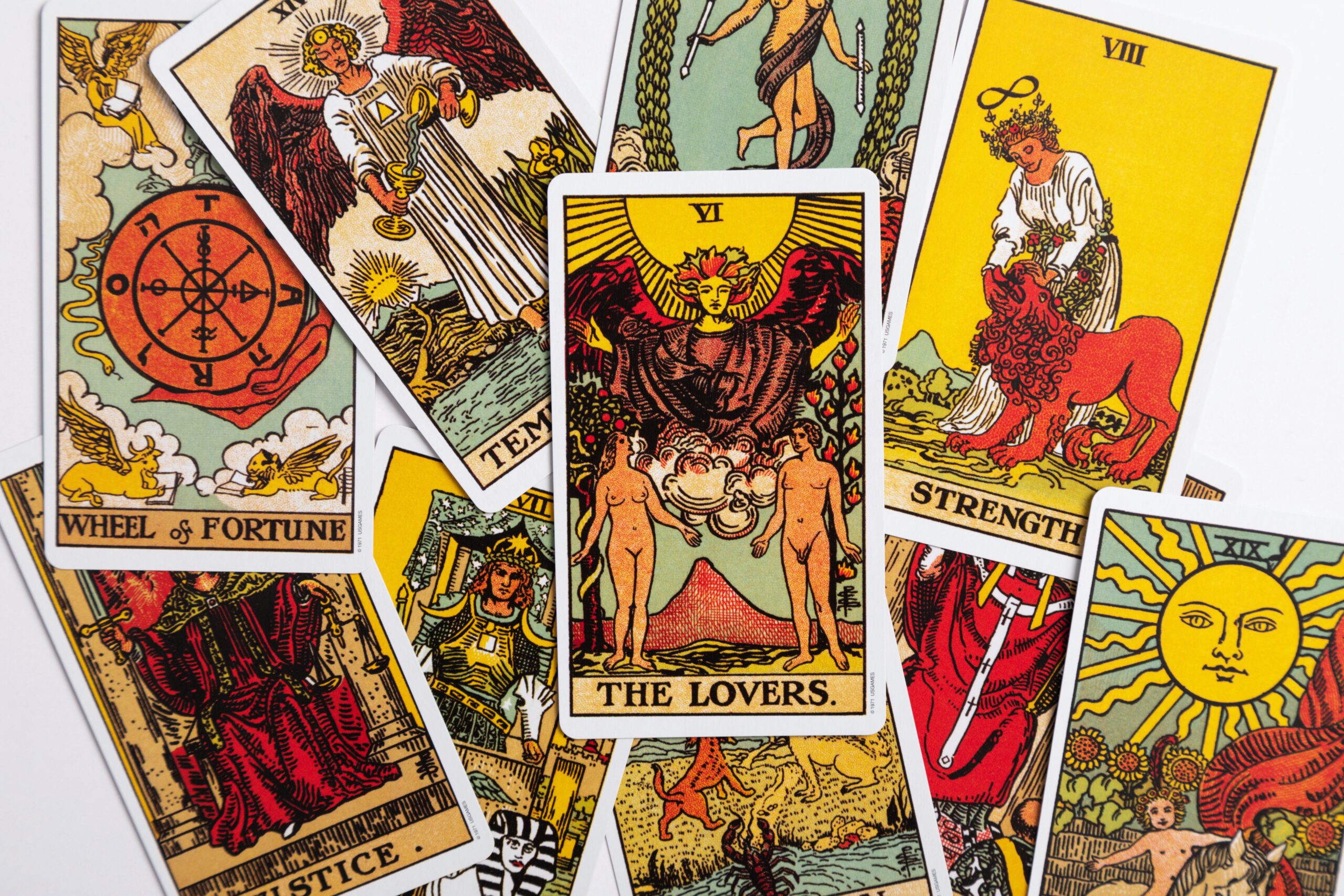In Jurassic World: Rebirth, Even the Dinosaurs Are Bored
In Jurassic World: Rebirth, not even the characters seem invested anymore. The thrill is gone, the wonder evaporated. Contrast that with the original Jurassic Park, where Dr. Alan Grant nearly collapses from awe at the sight of a brachiosaurus. That emotional, wide-eyed Spielbergian moment—one that defined the franchise—is nowhere to be found here.
Instead, when a giant herbivore wanders out of a New York zoo and blocks traffic by the Brooklyn Bridge, no one bats an eye. Horns honk, drivers grumble—dinosaurs are just background noise now. After three decades of overexposure, the creatures have lost their magic. They’re neither terrifying nor awe-inspiring. They’re just… there.
Rebirth brings back David Koepp, original screenwriter of Jurassic Park and The Lost World, but his return feels more contractual than creative. The plot, if you can call it that, follows mercenary Zora Bennett (Scarlett Johansson) and paleontologist Henry Loomis (Jonathan Bailey) on a pharmaceutical-funded mission to extract dinosaur blood for a heart disease cure. Yes, really. It’s a flimsy premise, one the movie itself barely pretends to take seriously.

The expedition takes them to an abandoned “dinosaur zone” in the equator, now home to mutant hybrids too grotesque or dangerous for public display. But rather than rekindle wonder, these creatures—often unnamed and lazily rendered—only highlight the franchise’s creative exhaustion. Distortus rex? Mutadon? Even the actors seem too embarrassed to say the names out loud.
Gareth Edwards, who once paid loving homage to Spielberg in 2014’s Godzilla, tries to recapture the suspense and scale of classics like Jaws, especially in scenes where Zora’s crew sails toward danger. There are glimmers of tension, aided by familiar tropes like innocent kids caught in the chaos. But without genuine stakes (no major character is ever truly at risk), the thrills feel perfunctory.
What’s most telling is the film’s indifference to its own dinosaurs. Instead of reigniting audience passion, Rebirth seems to resent it—blaming viewers for the franchise’s fatigue. Johansson’s $20 million mercenary feels less like a character and more like a stand-in for the studio’s cynical calculus: big stars, bigger CGI, zero soul.
The real issue isn’t that audiences are tired of dinosaurs—it’s that Jurassic World has stopped treating them with care. In the original, Dr. Grant whispered, “They move in herds,” awestruck by life reanimated. In Rebirth, Loomis dryly informs his team that spinosauruses are amphibious—as if reading from a field manual. The excitement of discovery has been replaced by routine exposition.
Spielberg’s original used only a few minutes of digital effects, relying on suspense, clever direction, and practical ingenuity. Rebirth, by contrast, overwhelms with visuals yet underwhelms with meaning. Dinosaurs dominate the screen, but their impact is hollow. The more we see, the less it matters.
In the end, Jurassic World: Rebirth doesn’t just fail to inspire wonder—it forgets why we were ever inspired in the first place.



